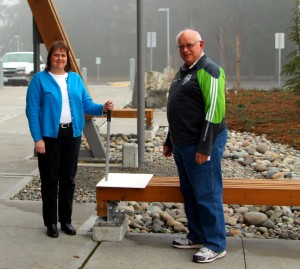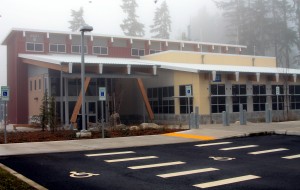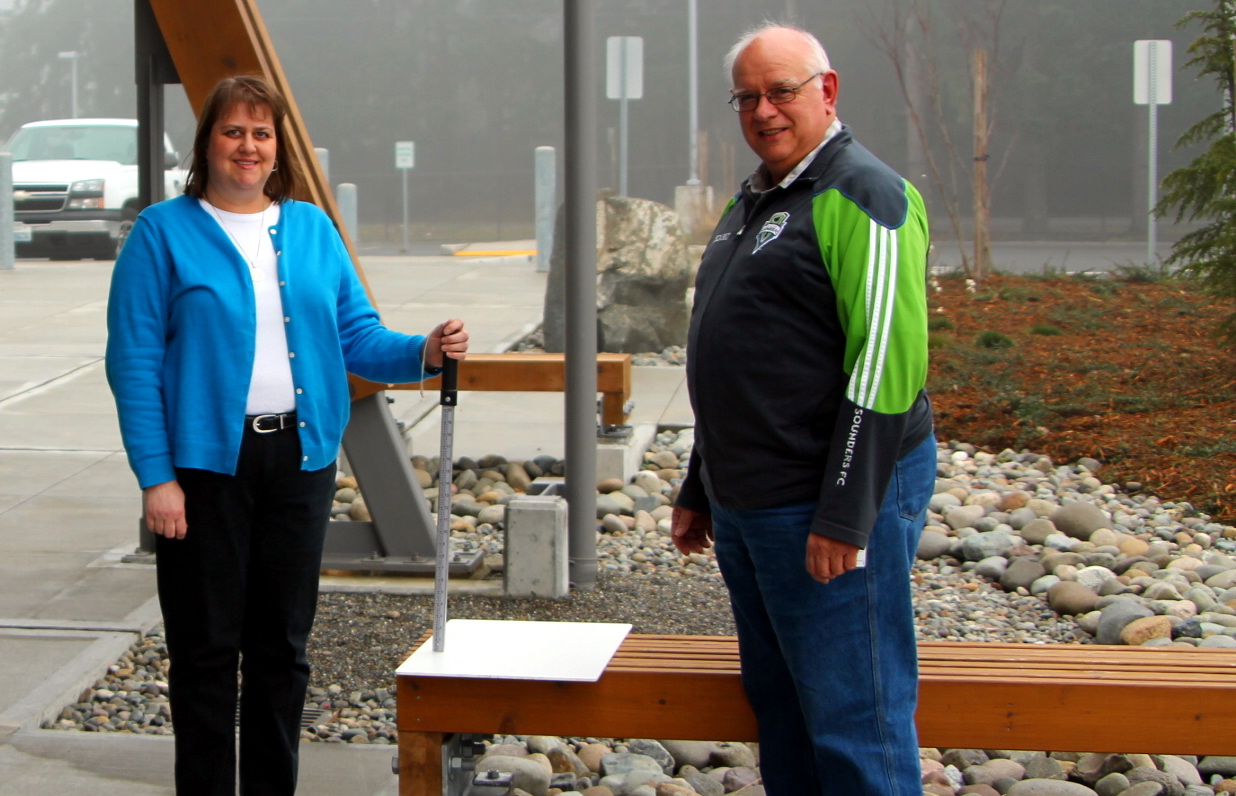By Jake Luplow
 I hate Facebook. I have an unimpresive 80 “friends.” My cellphone stresses me out: my life revolves around it, and yet it proves to be smarter than me, time and time again. I’m in a love/hate relationship with both of these, and to make matters worse, I have people telling me that cell phones cause cancer and Facebook causes social isolation. The general consensus is: Technology is bad! But, what if I was to tell you that technology coupled with Weather Spotter Reports plays an inherent role in the safety of our community; would you believe me?
I hate Facebook. I have an unimpresive 80 “friends.” My cellphone stresses me out: my life revolves around it, and yet it proves to be smarter than me, time and time again. I’m in a love/hate relationship with both of these, and to make matters worse, I have people telling me that cell phones cause cancer and Facebook causes social isolation. The general consensus is: Technology is bad! But, what if I was to tell you that technology coupled with Weather Spotter Reports plays an inherent role in the safety of our community; would you believe me?

How many times have you left your house only to find the weather radically different just 20 miles north? Perhaps so foggy you feel as though you’re in a horror film as you drive down the road? The weather in Thurston County is bipolar; this, we all know. Its indecisiveness can make for very dangerous situations, and that is what the Skywarn Storm Spotters are for. They work in unison with the National Weather Service in Seattle and Thurston County Emergency Management to provide real time weather updates.
Storm Spotters are a part of and trained by the Skywarn Weather Spotting Organization. Here, in Thurston County, there are a total of 69 trained individuals.
Ted Buehner, Warning Coordination Meteorologist for the National Weather Service in Seattle, explained that anyone can become a storm spotter, “The minimum requirement for weather spotting is a pair of eye balls and a telephone.” Storm spotting contributes to community safety. “They provide that ‘ground truth’ on what is happening. And, as a result, some people may change their behavior to stay out of harm’s way.”
Storm Spotters report their findings to the national weather service in Seattle. Once the spotter calls the weather in, the reports go out onto the website as local storm reports, and they are distributed to the emergency management community; at which point in time the news media gets them. “The idea behind Storm Spotting is that it provides confirmation that an event is real,” Ted says.
To give you an example of how a Storm Spotter gathers data, Andrew Kinney, Thurston County Emergency Management Coordinator, explained he has two primary instruments for snow storms: a couple snowboards (I know, I thought the same thing, but they’re actually flat wooden boards) and a measuring gauge. He then sets out two alder stumps in an open area, and he places one board on top of each one–the first board is for 6 a.m. and the second is for 6 p.m.. At 6 a.m. he goes out and measures snow depth on both boards and records his findings, and then he clears off one of the boards. And at 6 p.m. he goes out and measures snow depth, again, but this time he knows the depth of a 12 hour period and the total depth for the storm’s duration. After he has done this, he reports his data to the National Weather Service – this is known as a Spotter Report.
Storm Spotters are essentially the seed where all communication begins. Once their reports are pushed out to the media, the public then does their part to alert others as to what is going on around them.

Kathy Estes, Thurston County Emergency Management Manager, acknowledges that society has become increasingly dependent upon technology. During a snow storm, people will prioritize keeping their phones charged just so they can get and send information, running their car to keep a charge. People will even post on Facebook what is happening in their area and how it may affect others.
And Beverly Vines-Haines, Novelist and Co-Founder of Ice Chips Candy, confirms, “I do go to the weather channel on my phone or iPad if it looks bad or I see all kinds of weird weather talk on Facebook. I only have six miles to go to work so weather, other than ice, is not too intimidating. I do hate high winds because I hate tall trees crashing down on my car (and me). So there is no question I am techy enough to appreciate instant weather and weather warnings on my phone and iPad.”
To me it’s surprising how much weather tracking and reporting has become a growing endeavor. And it’s not just in our county; another big player is Grays Harbor County. There, on Copalis Beach, a new Doppler radar station was installed, which will help save lives and calculate more accurate weather readings.
The truth is, Storm Spotters play an essential role in all of our lives. And while you may not often come across them, you can see their hard work traveling via technology.
If you’re interested in becoming a Storm Spotter, visit the following website: www.wrh.noaa.gov/sew/spotter.php.



















































